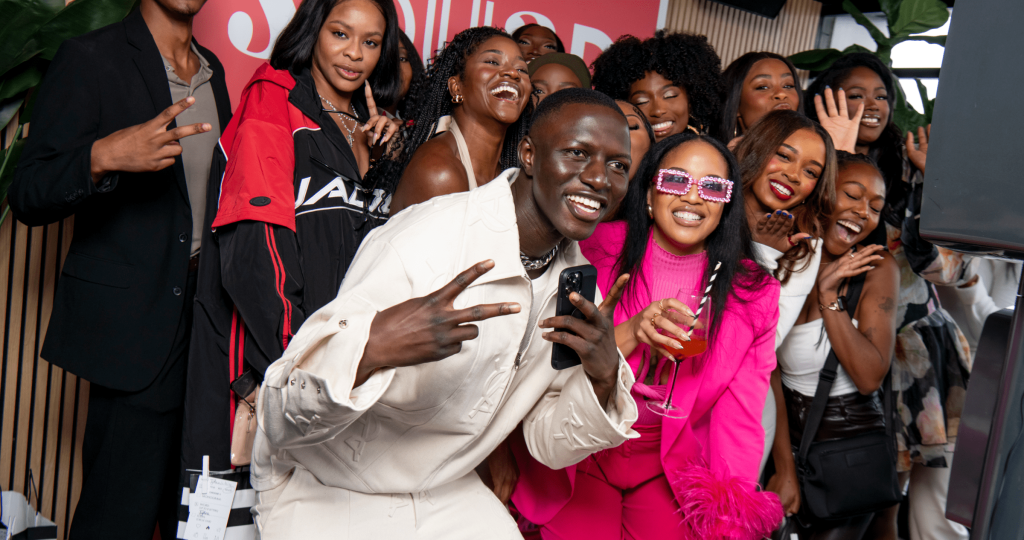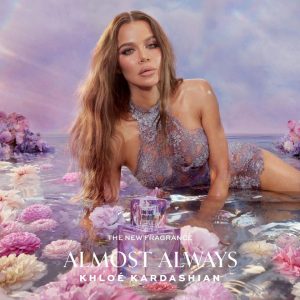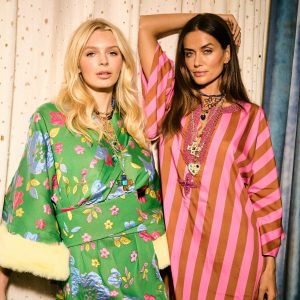Be it Gucci‘s creator collaborations on TikTok, “Sephora Squad” creator program, or Balenciaga crisis management, fashion PR is shifting toward fully integrated teams that manage storytelling, social, creators, and brand-led community—under one strategy and one narrative.

Sephora Squad
Public relations is no longer limited to traditional press releases but has evolved into a multifaceted, digital-first discipline that emphasises integrated communications, data-driven strategies, and authentic relationship building.
Press releases and glossy print spreads no longer shape influence—TikTok creators, micro-communities, and AI-fuelled content engines do. Audiences scroll fast, question everything, and trust real voices over brand campaigns. As digital platforms fragment attention and creators set the tone for credibility, PR agencies are being forced to rethink their entire playbook.
To stay relevant, the industry is shifting toward fully integrated teams that manage storytelling, social, creators, and brand-led community—under one strategy and one narrative. Reporting is moving from month-end PDFs to metrics such as sentiment, conversions, community growth, and creator ROI. AI is predicting cultural shifts before they trend and fashion brands are building long-term creator ecosystems instead of one-off gifting. This article breaks down how fashion PR is adapting to survive—and succeed—in a world where influence moves faster than ever.
Stronger collaboration between fashion, technology, and entertainment will shape the next phase of PR. As audiences move toward niche, interest-driven communities, PR campaigns will become personalised—for example, brands building Discord groups, micro-communities, or limited-editions with online subcultures.
Tools such as Meltwater, Launchmetrics, and Cision support this transformation by offering real-time sentiment tracking, competitive benchmarking, media impact scoring, and AI-generated reporting. Agencies that build these capabilities early will remain competitive as the landscape becomes more technologically driven and community-focused. Let’s take a closer look at the strategies being used by fashion PR in the era of digitalisation.
Digital Storytelling
Gucci invests heavily in digital storytelling, creator collaborations on platforms like TikTok, showcases its latest collections on Instagram. Gucci’s TikTok presence is noteworthy; Morgan Presley invented what has since been dubbed the #GucciModelChallenge in 2020, when she layered mismatched clothing into what appeared to be a look that was fresh off the Gucci runway. This inspired countless other users to layer a colorful turtleneck with a floral vest and a clashing jacket, throw on a teeny mini skirt over shiny pants, and post about building the look on their account. This challenge became a user-generated trend that grew (the hashtag #guccimodelchallenge now has 292 million views). But rather than hit users with a cease-and-desist for improper use of the Gucci name, Gucci began reposting the most stylish ‘fits and even cast a few of the creators, including 20 year old Fiona Akerman (@itsfionatho) from the Philippines, in an ad campaign with Dazed on TikTok.
Influencers and Creators at the Core of PR Strategy
Brands use creators to extend their reach, shape perception, build trust, and drive measurable action. Dior has repeatedly shown that micro-influencers drive deeper impact than traditional celebrity campaigns. The luxury brand works with micro-influencers in local markets—such as beauty reviewers in India, skincare creators in Indonesia, and fashion stylists in Europe. An example is the Miss Dior fragrance campaign, where Dior partnered with micro-influencers across Southeast Asia to create day-in-my-life and signature-scent videos.
These creators drove conversation in their local languages and significant click-throughs to e-commerce pages—far stronger than celebrity endorsements. For the Dior Addict Lip Glow launch, the brand activated over a hundred beauty creators across France, Italy, the UAE, and South Korea to produce first-try videos that felt personal and unscripted. Engagement rates were higher than celebrity posts for the same product, as viewers trusted creators who shared their skin tone, lifestyle and routines.
Sephora built its “Sephora Squad” program around creators by structuring it as a year-long, paid brand ambassador program that emphasizes authenticity, diversity, and community engagement over mere follower counts. Lululemon’s “Sweat Collective” program is a core part of Lululemon’s marketing strategy, focusing on building a community of authentic, passionate advocates rather than simply paying high-profile celebrities for endorsements.
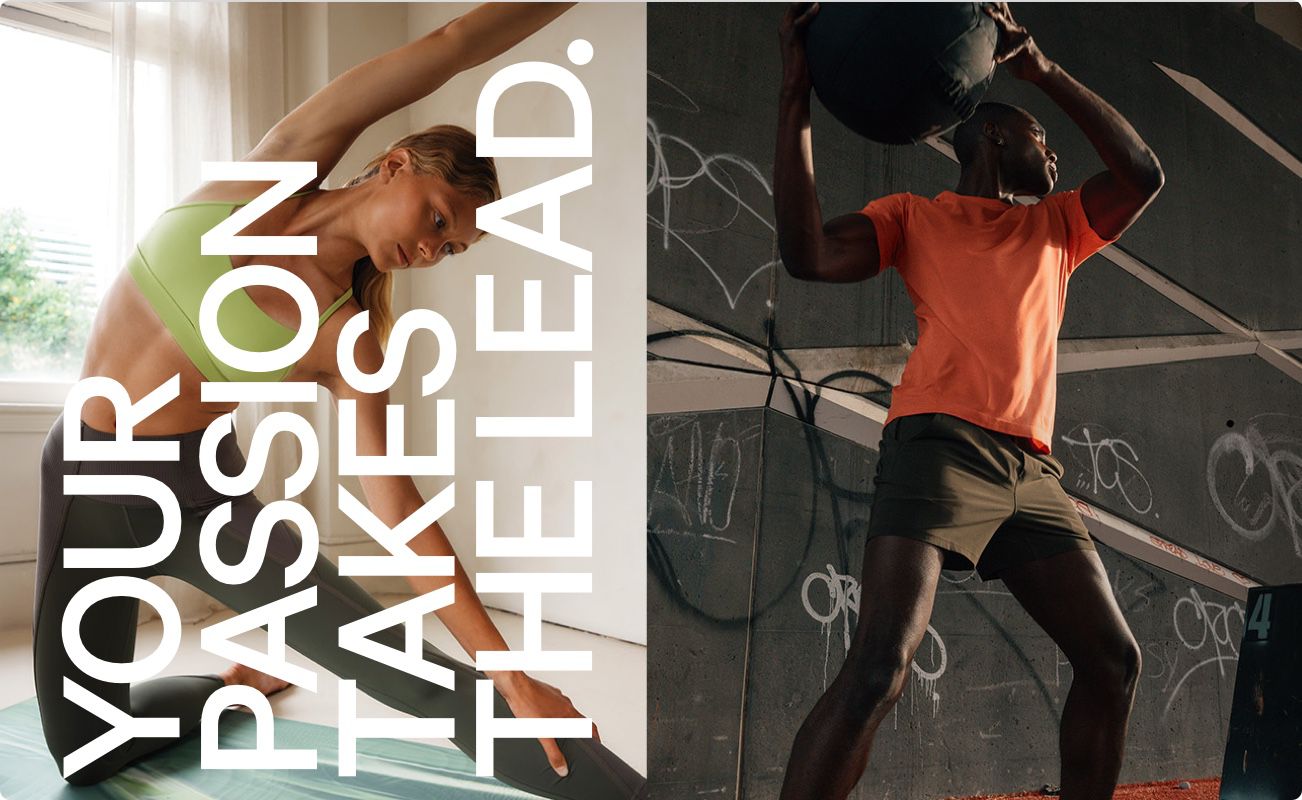
Lululemon Sweat Collective
From One-Off Gifting to Long-Term Partnerships
Fashion and beauty brands are moving away from one-off gifting and focusing on long-term partnerships that build consistent advocacy. Instead of relying on occasional mentions, companies want creators who stay connected to the brand over time and deliver a steady message that feels more authentic to audiences. This shift is driven by the need for reliability, deeper storytelling, and stronger ROI across campaigns.
Agencies are building creator communities that stay aligned with the brand through launches, seasonal campaigns and narrative-led content. To support this, PR teams use platforms such as CreatorIQ and Traackr to analyse engagement quality, audience authenticity, and historical campaign performance. These tools help identify creators who are the right long-term fit rather than those who perform well in bursts.
Many leading fashion and beauty brands follow this model. Fenty Beauty works with a diverse, long-term creator community that reflects its focus on inclusivity and representation. Per BoF: “When the products hit Sephora, social media platforms were flooded with women of all backgrounds posting proud selfies, showing off their perfect shade match. Among them were a number of touching Instagrams from women with albinism. Shades on both ends of the spectrum immediately sold out.”
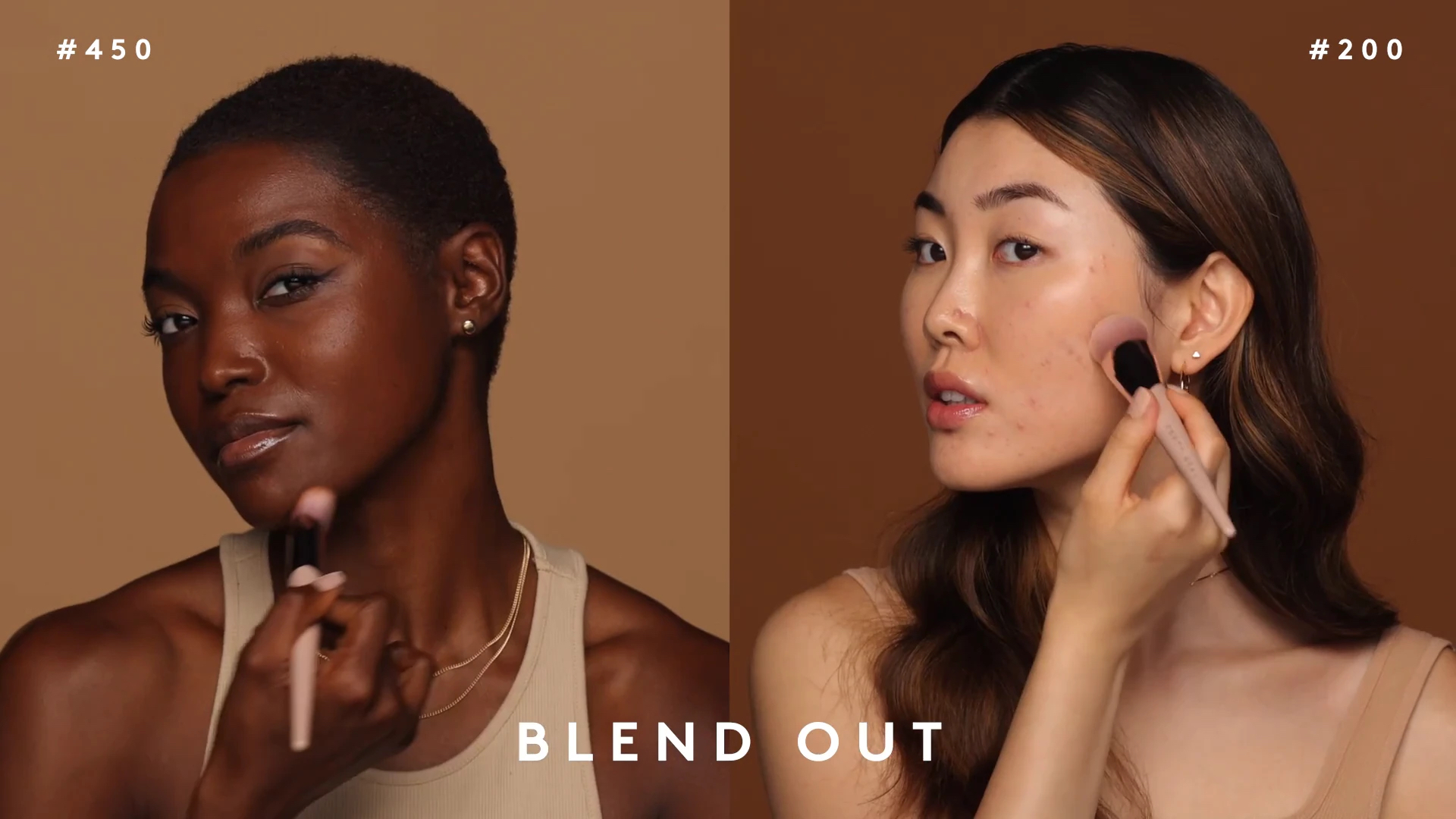
Fenty Beauty
Nike partners with lifestyle, fitness, and fashion creators who collaborate across multiple campaigns and formats, going far beyond one-time product seeding. Benefit Cosmetics, one of the earliest adopters, maintains continuous relationships with influencers to create buzz every few months rather than single-campaign spikes. These examples show how long-term creator partnerships are becoming the industry standard for sustained visibility and stronger brand loyalty.
Data-Driven PR: Insights, Analytics, and Behaviour Tracking
Fashion PR has undergone a major shift with the adoption of data and analytics to understand consumer behaviour and trend cycles. LVMH has invested heavily in digital insights and analytics across its brands like Louis Vuitton, Dior, and Fenty. These teams use data dashboards to track trending conversations, forecast demand, and identify cultural shifts early. This allows them to refine messaging, plan launches precisely, and respond quickly to changes in audience expectations.
Tools such as Meltwater, Launchmetrics, and Cision support this transformation by offering real-time sentiment tracking, competitive benchmarking, media impact scoring, and AI-generated reporting. With these platforms, PR decisions are backed by measurable indicators. The result is a more agile, informed, and evidence-driven PR strategy that helps brands stay aligned with consumer trends and maintain strong relevance in a rapidly changing market.
Reputation Management and Cultural Intelligence
Public relations operates in an environment of rapid reactions and online scrutiny. Because of this, agencies place emphasis on reputation management, risk assessment, and cultural intelligence. Brands are expected to anticipate how audiences might interpret campaigns and messages, especially in global markets where cultural sensitivity varies.
Balenciaga’s 2022 crisis emerged after a campaign drew public backlash, raising concerns about the brand’s internal review processes and cultural sensitivity. Its “Gift Shop” Campaign featured young children as models, holding plush teddy bear handbags that were accessorized with BDSM-inspired harnesses, collars, and chains. Critics immediately condemned the juxtaposition of children and sexualised objects. The backlash on social media was severe, with hashtags like #cancelbalenciaga accumulating millions of views on TikTok. The outrage moved from social media to mainstream news and street protests, prompting questions about how it had passed approvals. In response, Balenciaga acknowledged the oversight, strengthened its internal risk-assessment procedures, introduced stricter content validation, and increased leadership involvement in campaign approvals. The luxury brand also shifted toward transparent communication, engaging with audiences to rebuild trust.
Since this crisis, PR teams have begun to adopt deeper sentiment audits, cultural checks, and scenario planning before campaigns go live. Teams monitor social conversations in real time to catch early signals and adapt messaging accordingly. With news cycles accelerating by the hour, response speed and clarity now play a crucial role in limiting reputational damage and maintaining long-term brand credibility.
New Roles Emerging Within PR Agencies

To support these changes in the era of digitalisation, fashion PR agencies are reshaping their internal teams. To stay competitive, agencies are building multidisciplinary teams that combine creativity with data, technology, and sustainability expertise. This new structure enables them to produce faster content, navigate complex online platforms, respond to real-time trends, and maintain brand trust in an evolving digital marketplace. To support these changes in the era of digitalisation, fashion PR agencies are reshaping their internal teams. New roles include:
Digital content strategists
Data analysts
Social media producers
Influencer relationship managers
AI content editors
Reputation and risk specialists
Sustainability communication experts
Future Outlook: What PR Agencies Must Do Next
Fashion PR is expected to move toward full integration with digital marketing, creating unified teams that handle content, SEO, social media, and influencer relations under one strategy. For example, a fashion brand launching a new collection may use one combined team to manage storytelling, paid ads, TikTok creators, and email automation, ensuring consistency across every touchpoint.
Performance-based reporting will also become the norm. Instead of monthly PDF updates, PR agencies will use real-time dashboards that track reach, sentiment, conversions, and creator ROI. AI agents will support this shift by analysing trends, scanning competitors, and automating outreach—similar to how some brands now use AI tools to monitor viral moments and respond instantly with tailored pitches.
The future will also see stronger collaboration between fashion, technology, and entertainment. Brands may co-create digital runway shows with tech partners or release AR try-on experiences with streaming platforms. As audiences shift toward micro-communities, PR campaigns will become more personalised and community-led—such as exclusive Discord groups for super-fans or limited-edition drops created with niche online communities. Agencies that adapt early and develop hybrid capabilities will compete more effectively in an environment shaped by technology, decentralised influence, and shifting consumer expectations.
Jasmeen Dugal is Associate Editor at FashionABC, contributing her insights on fashion, technology, and sustainability. She brings with herself more than two decades of editorial experience, working for national newspapers and luxury magazines in India.
Jasmeen Dugal has worked with exchange4media as a senior writer contributing articles on the country’s advertising and marketing movements, and then with Condenast India as Net Editor where she helmed Vogue India’s official website in terms of design, layout and daily content. Besides this, she is also an entrepreneur running her own luxury portal, Explosivefashion, which highlights the latest in luxury fashion and hospitality.


